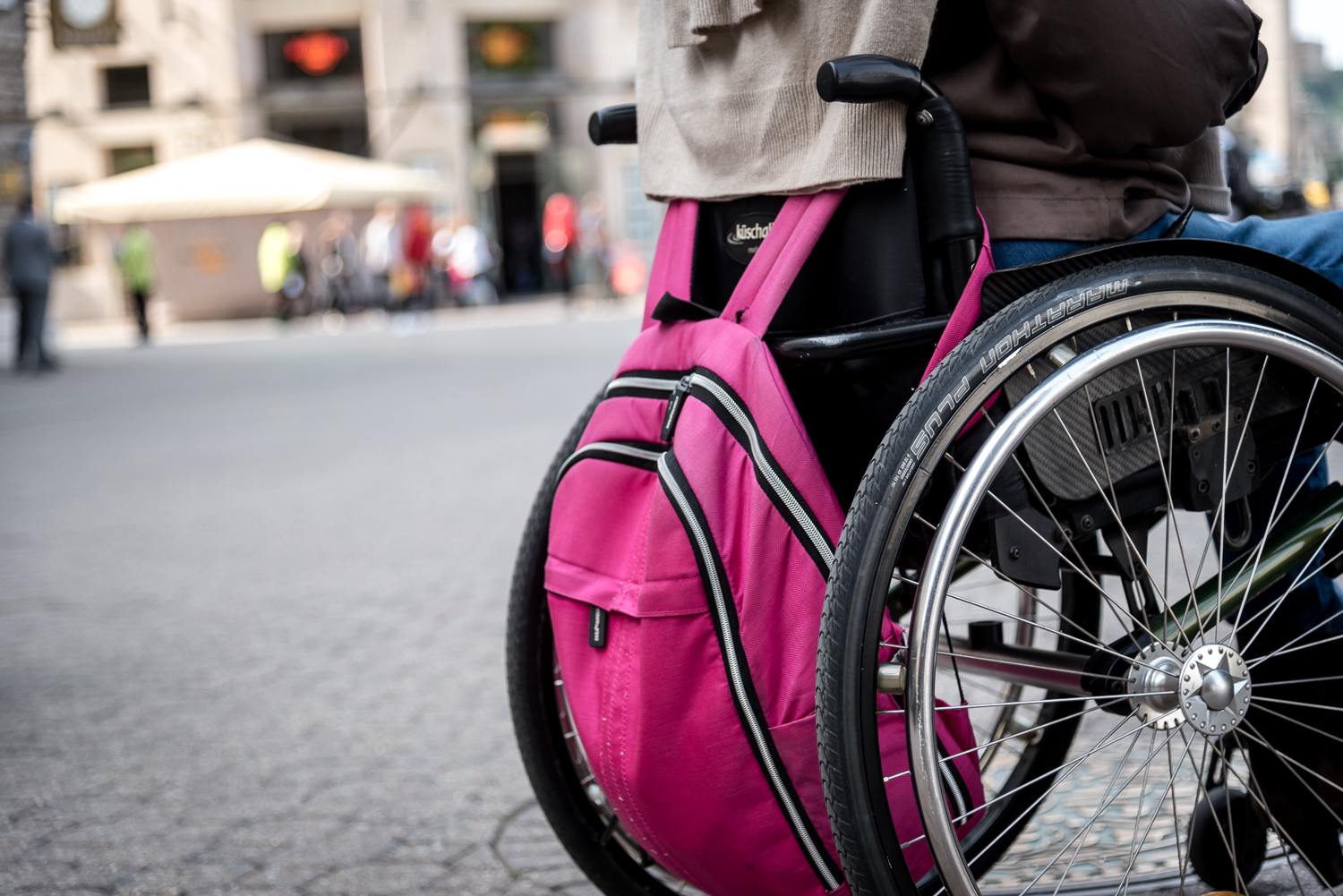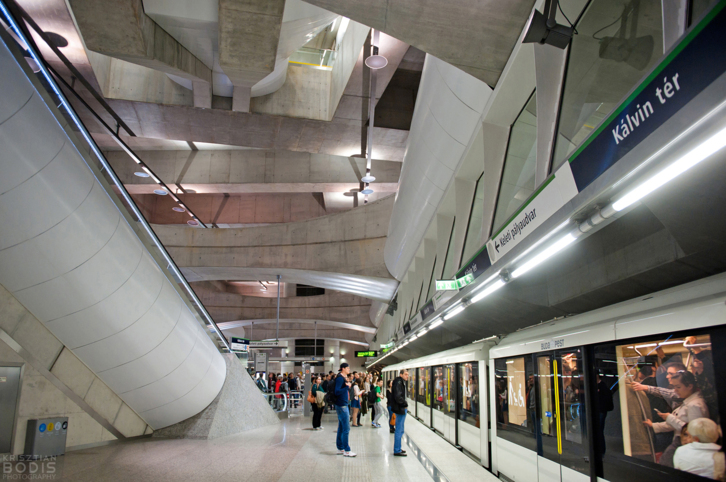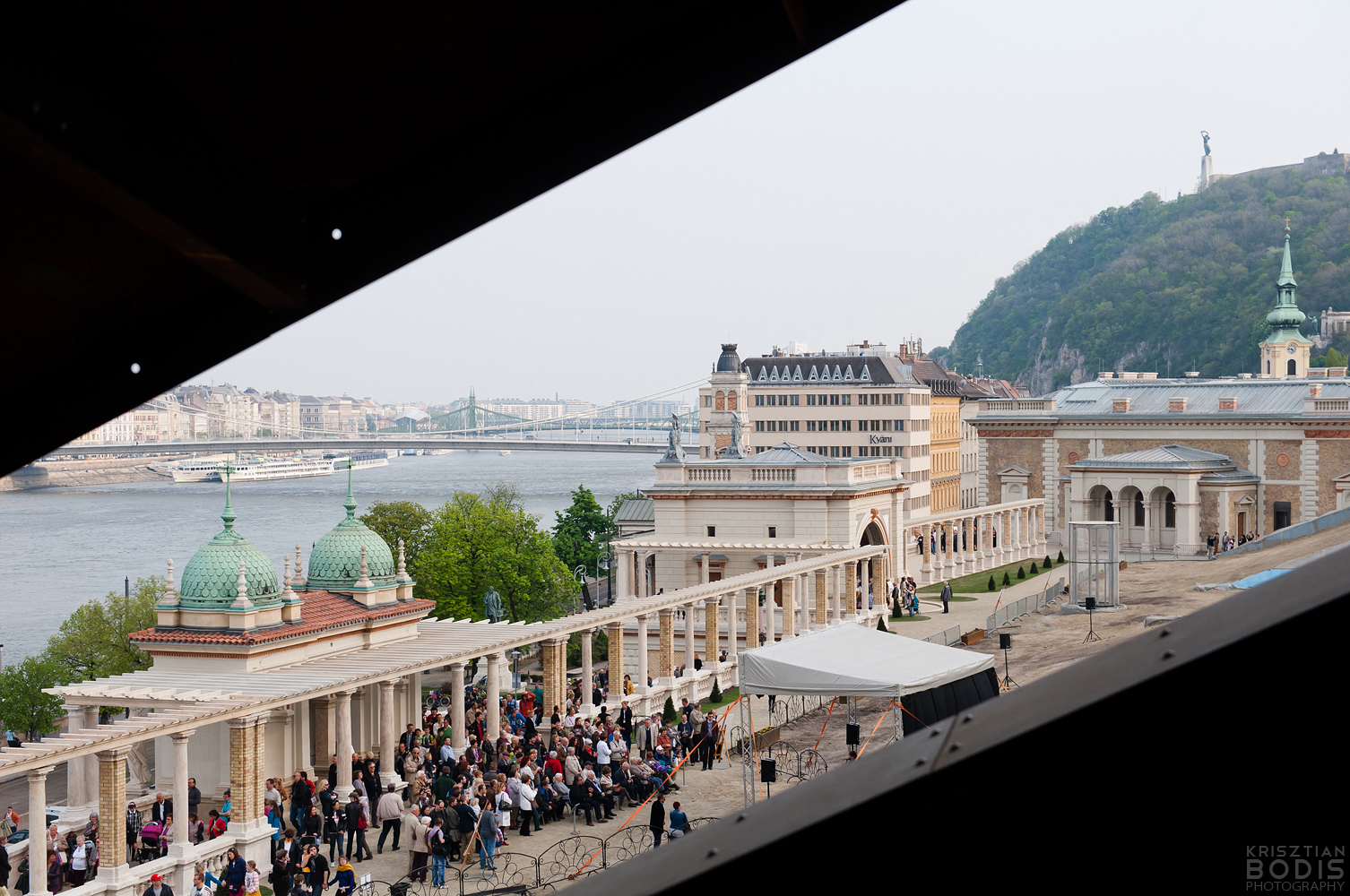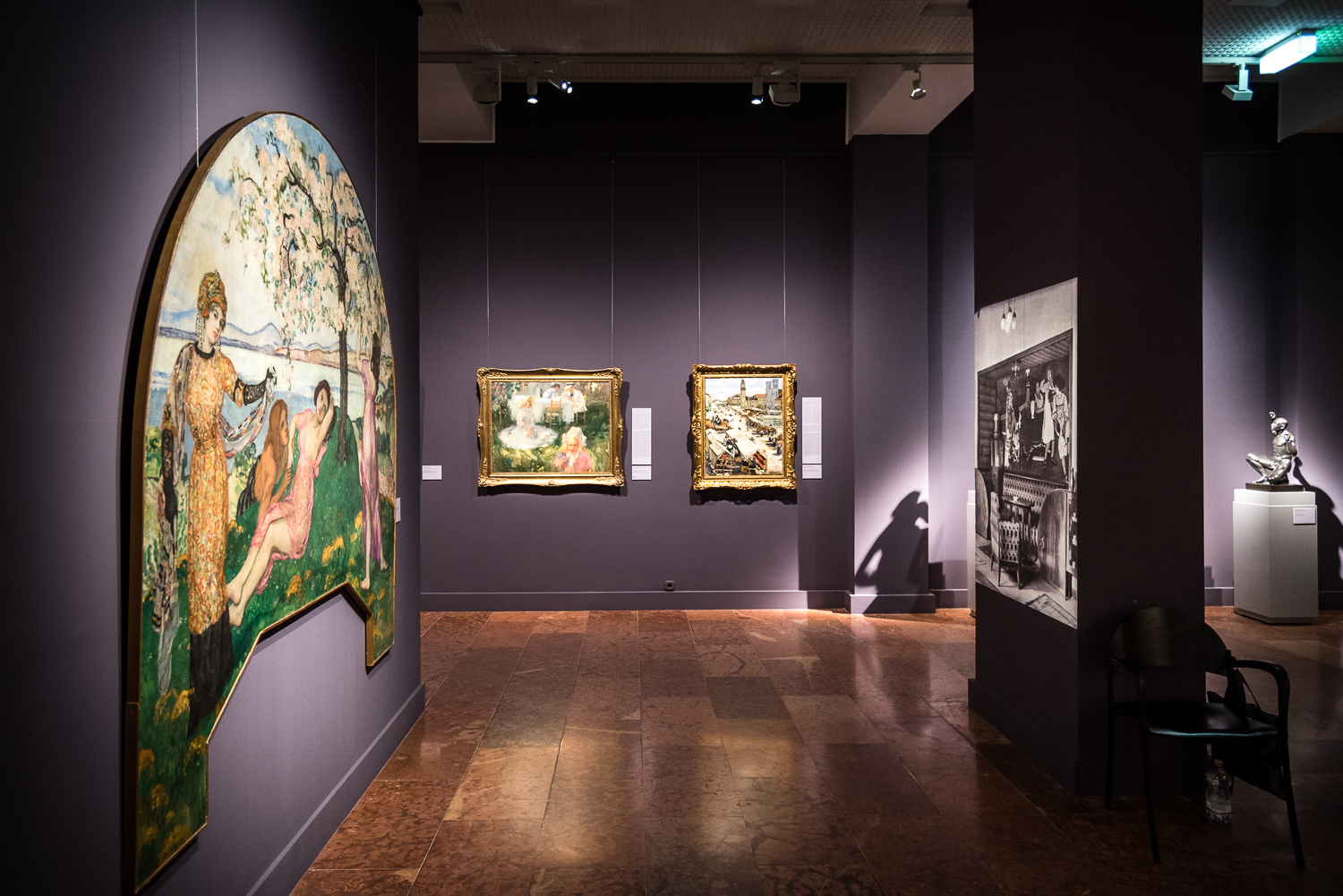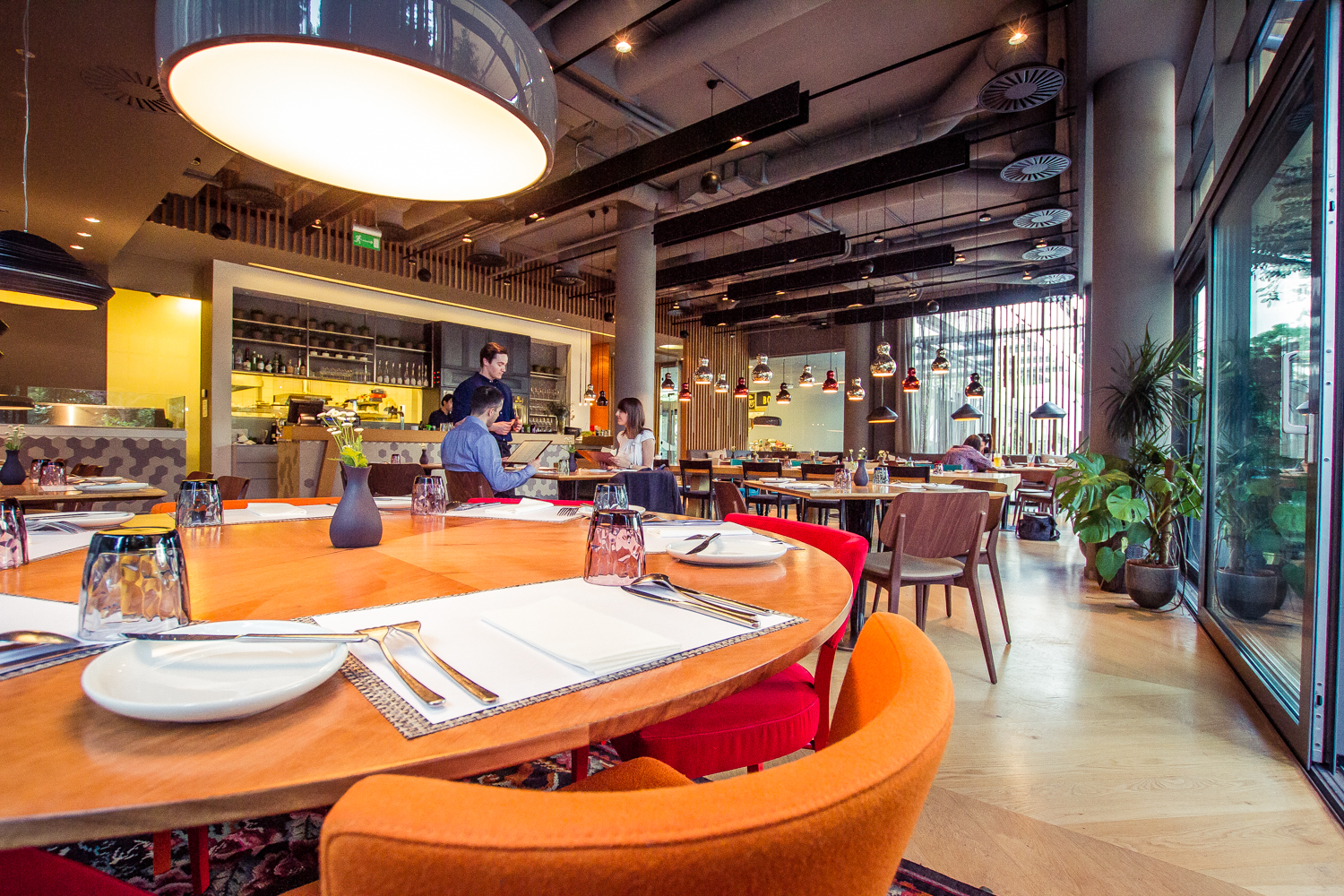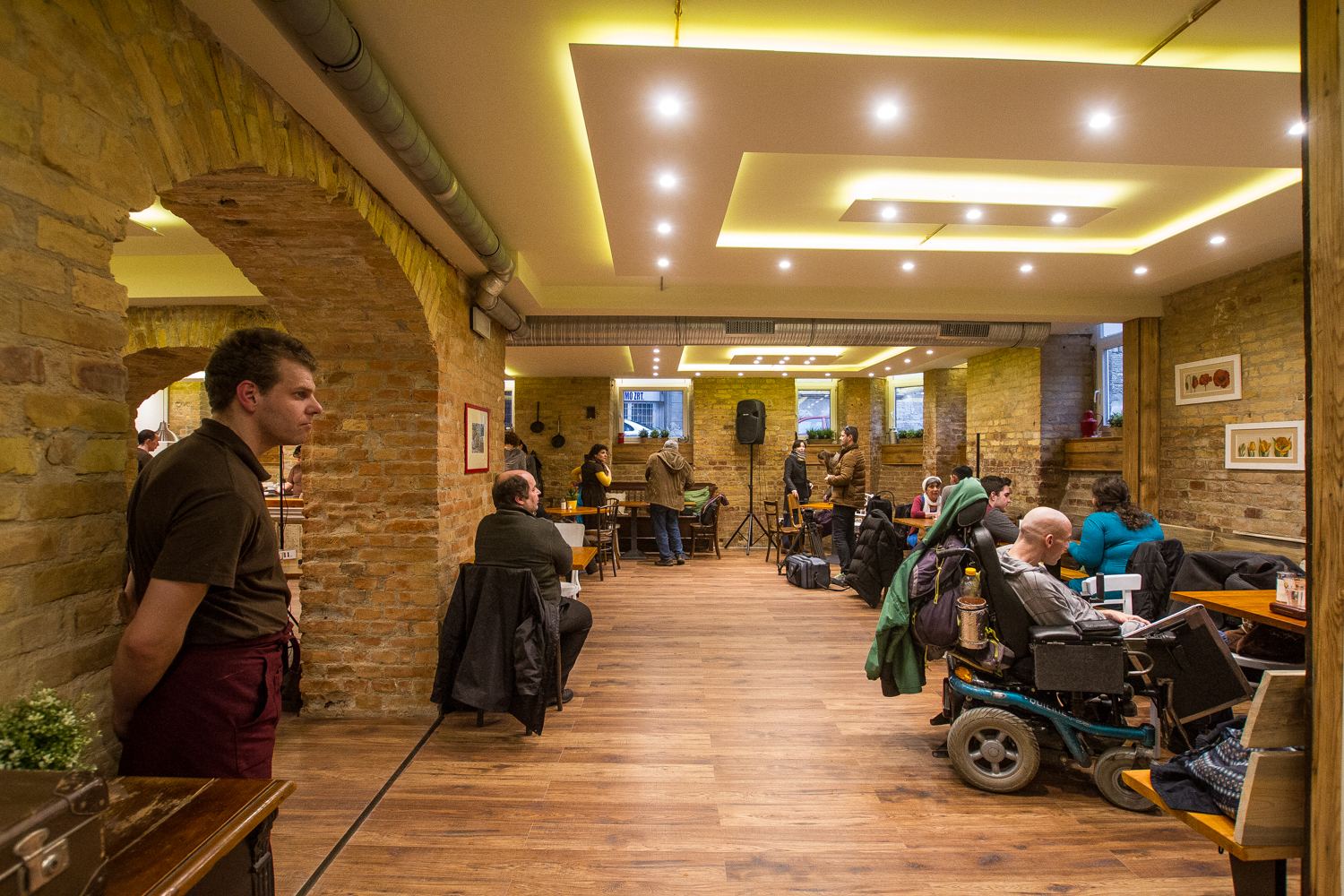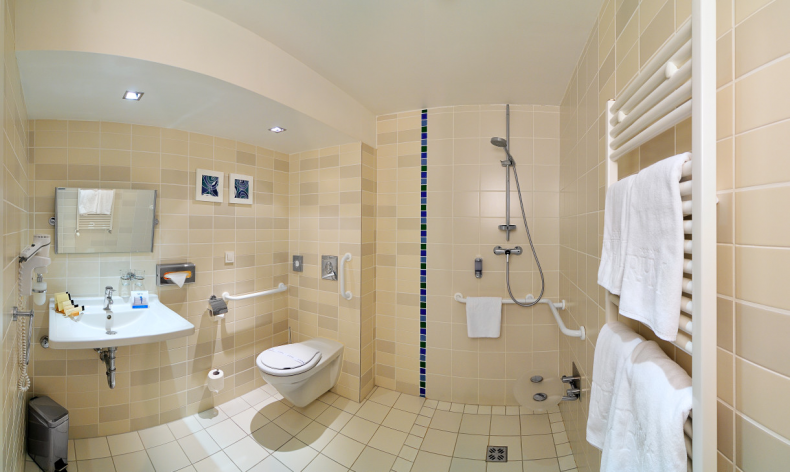Metros:
As the latest addition to Budapest’s underground network, metro line 4 is fully accessible, and along its route all stations have elevators, plus all of the platform constructions are suitable for people with limited mobility. Aboard the metro cars there are several designated areas for people with physical challenges or those with prams, and above all, safety belts are provided for securing a wheelchair. All of the metro cars of metro line 2 are disabled-friendly, while three of the stations – Örs vezér Square with its platform structure, Pillangó Street, and Puskás Ferenc Stadium with elevators – provide easy accessibility for travelers with movement impairments, while metro line 3 has two stations – Árpád Bridge and Kőbánya Kispest – that are accessible for people on wheels.
Trams:
Linking Buda and Pest across Petőfi Bridge and Margaret Bridge, tram lines 4 and 6 follow almost exactly the same route on a semicircular path along Budapest’s Grand Boulevard, only diverging for one or two stops in south Buda. With the exception of Boráros Square, all of the tram stops offer easy accessibility by wheelchair, and the entire line is mostly served by low-floor vehicles. Traveling on the Pest side of the city between Mexikói Road in District XIV and Gubacsi Road in District IX, each stop of tram line 3 is built to provide easy access for physically challenged passengers, while the vehicles are also suitable for smooth boarding for those in wheelchairs. Furthermore, low-floor vehicles serve tram lines 17 and 19, both running between District III and District XI on the Buda side.
Buses: Except for bus lines 23E, 39, 85E, 100, 121, 225 and 251, low-floor buses operate on every line that are kitted out with mechanically folding ramps – the bus driver has to set up this amenity for boarding when a passenger in a wheelchair is about to get on the vehicle. The departure times of low-floor conveyances are underlined in each timetable, while wheelchair users and parents with prams are offered a designated door for boarding the bus that’s marked with the applicable pictogram – the wheelchair can normally be secured at a designated area aboard the bus. Trolleys:Low-floor vehicles operate on all routes, but some of the lines are partially served by old trolley buses that are not accessible for wheelchair users (the departure times of low-floor vehicles are underlined in the timetable). Trolley lines 70, 78, and 79 are entirely served by low-floor buses, while during the weekends all lines operate with fully accessible conveyances only – note that at certain bus stops the platforms may present challenges for people with mobility problems. BKK midibus: Those with physical disabilities alongside one accompanying person can opt for BKK’s door-to-door shuttle service that runs between 5:30am and 11:30pm on workdays and from 8am through 4pm during the weekend, however, using this service requires booking prior to the planned date of travel. Those who want to order the midibus can call the BKK customer service center at +36-70-390-3414 on workdays between 8am and 4pm, where a dispatcher will confirm the pickup time based on availability – regular customers who use this service for daily commutes are always given priority. HÉV trains: HÉV trains run from Budapest’s inner districts to the suburban zones, but all of these lines are served by decades-old trains that are currently not offering wheelchair-accessible services.
Mobile apps:
To learn more about accessible public transportation routes download BKK Futár – an online journey planner by BKK – where besides the quickest routes and the timetable information, anyone can track the availability of low-floor vehicles (download: iOS and Android).
For an even more comprehensive overview on Budapest’s disabled-friendly roads, the Route4U app provides accessibility maps of the Hungarian capital for city dwellers with limited mobility, displaying accessibility information on sidewalks, crossings, and numerous attractions. Best of all, this handy app is constantly updated by wheelchair users, as it automatically records the traversed tracks and evaluates the roads, before marking them with various colors to indicate the area’s accessibility level. The app is available to download on iOS and Android devices.
Four elevators from adjacent streets help people with mobility issues to access the elevated Buda Castle grounds, where the recently refurbished pavement can now be traversed with a wheelchair in an easier way than before the developments, although wheeling around on the area’s cobblestone streets can still pose problems in certain areas, while getting over some of the high curbs can also require assistance. Here, inside the Castle District, Matthias Church can be accessed by wheelchair from its southern entrance through a ramp, but we have to notify the staff at the cash desk located across this entryway to open the gate – visitors with disabilities and one accompanying person can enter here free of charge.
Those who would like to immerse in Budapest’s scenic sights can access the ground level of Fishermen's Bastion by wheelchair, where the windows with their low position provide a nice panorama to anyone. National Gallery’s recently revamped premises are accessible by an elevator for sightseers with physical disabilities, and this refreshed landmark is now equipped with a disabled-friendly bathroom.
Getting into the Parliament on Budapest's Kossuth Square requires advance booking, and those with mobility challenges are advised to inform the staff at the time of reservation or when the ticket is purchased. Then, a Parliament employee accompanies visitors in need to one of the accessible entrances and to the closest elevator from there (the building is equipped with an accessible bathroom). Whether we visit the Opera House for a stunning performance or we sign up for an afternoon guided tour inside this landmark, the building’s ground floor and its auditorium are accessible for anyone in a wheelchair, while those who want to ascend the first floor can use the elevator in the building. From Budapest’s Deák Square all the way to Heroes' Square, Andrássy Avenue can be traversed be wheelchair without assistance, with just a few small sections along the way that might be slightly uncomfortable for physically challenged travelers.
St. Stephen’s Basilica also offers wheelchair-accessible amenities, but a companion has to go up the stairs to inform the Basilica’s staff to open the elevator that provides access inside the sacred landmark. Those with mobility problems can recharge lungs and soul amid Margaret Island’s extensive parkland, where paved roads provide effortless passage to physically challenged travelers. Here, make sure to visit the island’s musical fountain, the small petting zoo, and the Japanese garden, as all of these locations are accessible by wheelchair. Anyone with physical problems can access the Budapest Zoo and Botanical Garden, where the paths are suitable for rolling, and the park also has accessible bathrooms.
Restaurants with special amenities for physically challenged guests in Budapest include the legendary Gundel in City Park, Pastrami in District III, the top-quality Larus near the MOM Cultural Center, the ham-heaven SonkaArcok on Kecskeméti Road, the chic and contemporary BESTIA near the St. Stephen's Basilica, or the all-you-can-eat Trófea Grill establishments across Budapest. Those in wheelchairs can also access the step-less Bock Bistro on Erzsébet Boulevard and the Robinson Restaurant atop City Park’s lake.
As a trendy Budapest scene that boasts cozy concert performances and psychedelic nights out, the ground level of Instant ruin bar on Nagymező Street is suitable for wheelchair users, and they offer an accessible bathroom for those with limited mobility. In the epicenter of the city’s nightlife scene, Ellátó Kert on Kazinczy Street puts an emphasis on being wheelchair-accessible across their premises, while the neighboring 400 Bar is also suitable for guests with mobility problems. Cocktail haven KIOSK and the adjacent outdoor Terasz bar are both wheelchair-friendly places, with a special bathroom offered for disadvantaged guests in KIOSK that can also be used by those enjoying Terasz’s outdoor breeze. People in a wheelchair can enjoy a smooth access to Városliget Café & Bar in City Park.
As a recently opened establishment in Budapest, Premier Kultcafé inside Vörösmarty Cinema employs a staff of various disabilities, at this distinct hangout that’s suitable for movie screenings, concerts, reading nights, exhibitions, and smaller performances. Nem adom fel Café & Bar on Baross Street is the country’s first eatery operated by people with special needs, as nearly all of their employees live with some kind of disability. While this welcoming place is appealing simply as a pleasant spot to have coffee, sandwiches, and cake, the café also provides its workers with valuable experience that can be difficult for them to attain otherwise.
The Budapest Summer Festival offers free tickets and designated seating areas across the programs’ outdoor venues for wheelchair users, while those in need can easily access many of the participating exhibition halls on a Saturday in June during the Night of Museums (for more details, check the museums’ individual websites). Every year in July, the Formula 1 Hungarian Grand Prix welcomes visitors from Hungary and beyond, and it offers special tickets, places, and designated parking lots for the physically challenged. In August revelers from all over the world conquer Óbuda Island to let loose at the Sziget Festival, one of Europe’s biggest outdoor jamborees, which pays special attention to guests with disabilities: here, “Sziget Szitizens” with disabilities and their friends can camp in the Ability Camping area, while numerous accessible toilets are available across the festival site. Moreover, wheelchairs can be rented or maintained inside Sziget's Ability Park, an interactive adventure park that demonstrates to visitors what persons with disabilities experience in their everyday lives, through various activities. A map can also be downloaded from Sziget’s official site, indicating the accessible routes for people in wheelchair (for more information, visit the festival’s website). From November through the beginning of January, the Budapest Advent and Christmas Fair awaits visitors with locally made products and delicious winter treats on Vörösmarty Square, a centrally located plaza that is accessible for those in a wheelchair. During springtime, the Budapest Spring Festival brings local and international talents of several artistic genres on stage across multiple accessible locations in the Hungarian capital. Every year, thousands of people with various disabilities flock to the streets of Budapest to join the Rehab Critical Mass, a community movement organized to draw attention to disadvantaged people and create a smooth integrity for them into the society.
